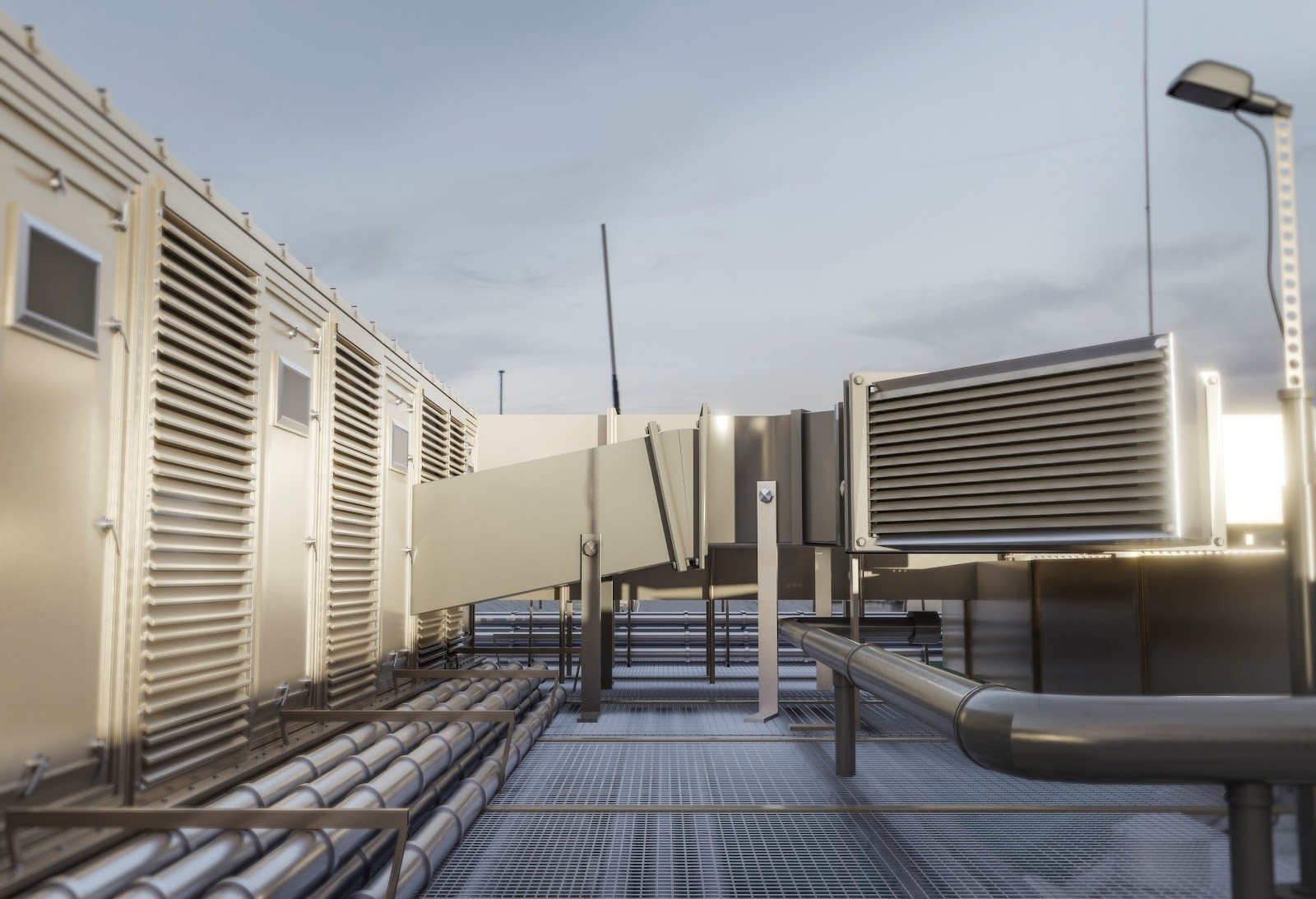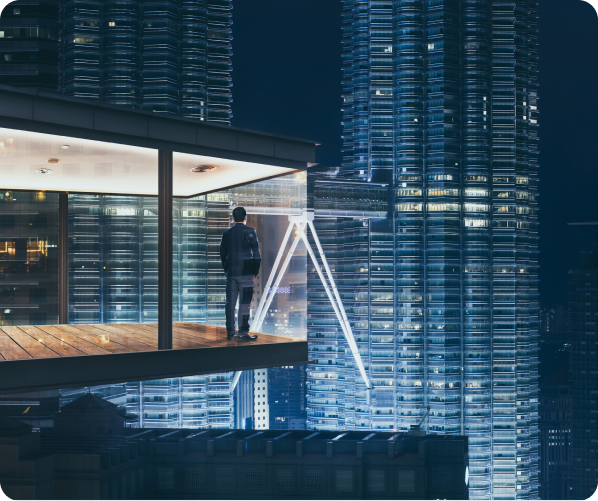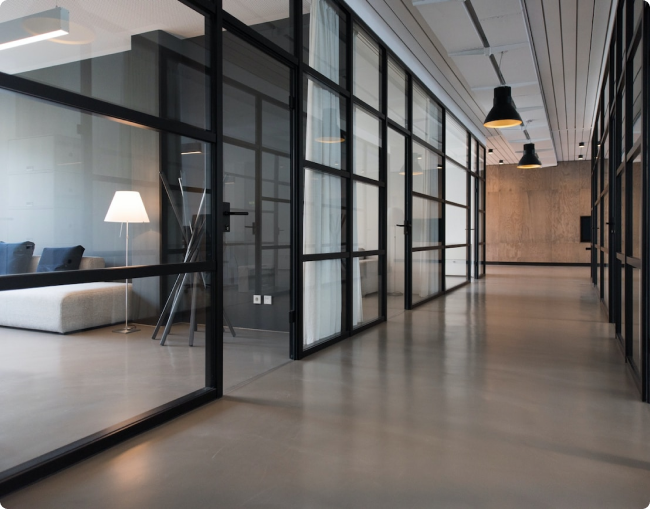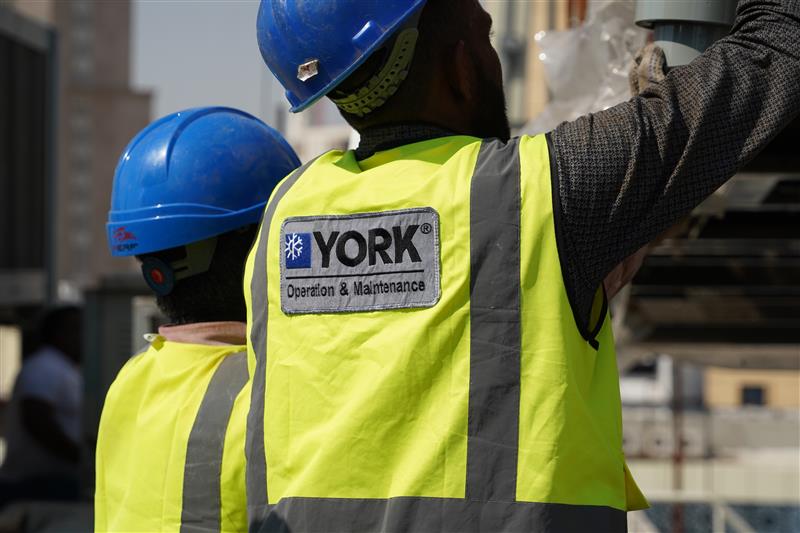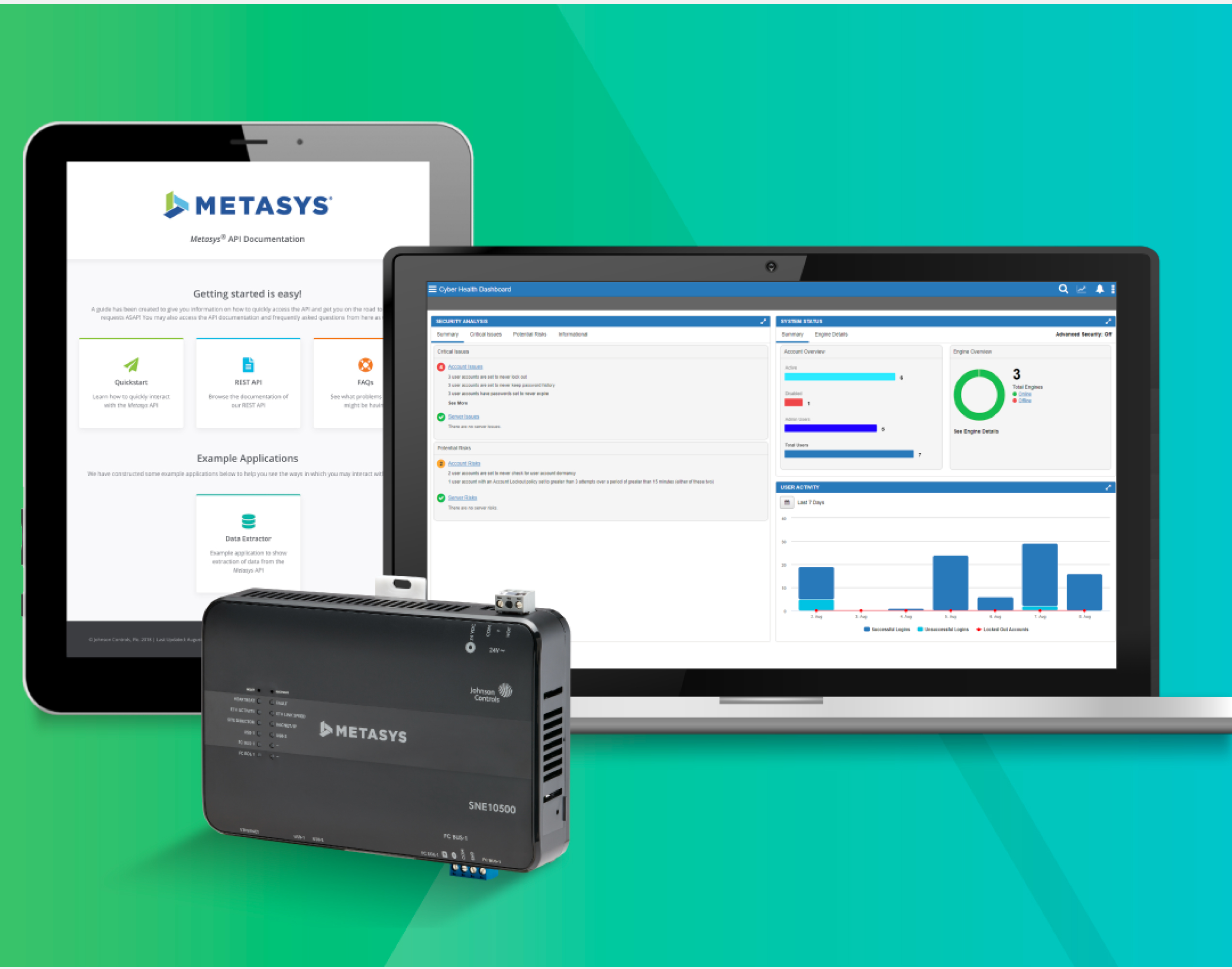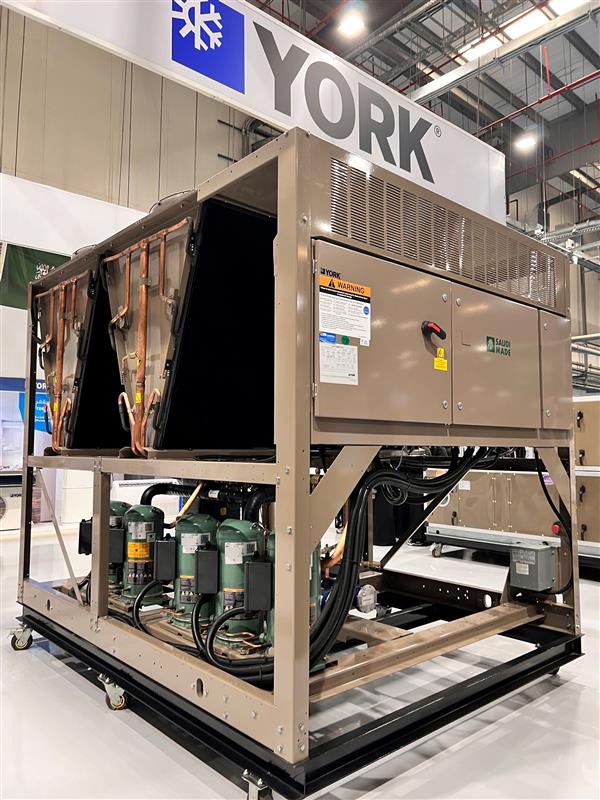A Comprehensive Guide to LEED Certification and Its Importance for Businesses
Sustainability has become a key focus for modern businesses, not just for environmental reasons, but also for long-term value and competitiveness. LEED certification is among the approaches businesses are taking in response to this shift. In this article, we explore how LEED certification supports business goals, enhances brand image, and offers many financial benefits.
What is LEED Certification and How Does It Benefit Businesses?
LEED (Leadership in Energy and Environmental Design) is a globally recognized green building certification program. LEED was launched as a pilot in 1998 by the non-profit U.S. Green Building Council (USGBC) in 1998 and recognized as an official rating system in 2000. It provides a comprehensive framework for designing, constructing, and operating buildings in an environmentally responsible way.
Earning LEED certification indicates that a business facility is built or run with sustainability in mind, from energy efficiency to waste reduction. LEED applies to nearly all building types (office buildings, schools, warehouses, homes, etc.) and offers four certification levels, which are Certified, Silver, Gold, and Platinum, depending on how many sustainability points a project earns. Platinum is the highest level (80+ points), reflecting exceptional green performance.
LEED-certified facilities reduce a business's environmental footprint. They often consume less electricity, fuel, and water, and produce fewer greenhouse gas emissions. This helps companies meet environmental regulations and sustainability goals more easily.
Following LEED standards helps businesses stay ahead of emerging regulations and building codes that increasingly demand energy efficiency.
How LEED Certification Boosts Corporate Sustainability and Brand Image
In an era when consumers, investors, and employees are increasingly concerned about environmental responsibility, companies use LEED to showcase their commitment to sustainability. Business owners find that a LEED-certified facility sends a powerful message about their values. It publicly demonstrates that the company is taking real steps to reduce its environmental impact.
From a brand image perspective, LEED can be a marketing asset. Companies often highlight their LEED-certified offices, stores, or factories in press releases, advertisements, and annual reports to enhance their public image. This external recognition can differentiate a brand from competitors.
Moreover, LEED contributes to employee satisfaction and retention, which affects the brand image as an employer. Many employees, especially younger generations, prefer to work for environmentally conscious companies. Working in a LEED-certified green building with better natural light, air quality, and even views of green spaces can increase pride in the workplace and the company.
The Economic Benefits of LEED Certification for Businesses
One of the most prominent benefits of LEED certification is the economic return it offers to businesses. Green buildings can deliver substantial cost savings and financial rewards over time. Here are some of the key economic benefits:
Operational Cost Savings
LEED-certified buildings are designed to use less energy and water than conventional buildings, which directly lowers utility bills. Efficient lighting, HVAC systems, and plumbing fixtures result in long-term savings on operating costs. In practice, many companies see significant reductions in energy use and cost after implementing LEED standards.
Reduced Maintenance Costs
Green buildings often incorporate durable, high-quality materials and smart designs that require less maintenance.
Higher Property Value and Rental Income
Owning or developing a LEED-certified property can be financially rewarding in the real estate market. Green buildings often command higher rents and sale prices because tenants and buyers recognize the value of lower operating costs and a healthier environment.
Incentives and Tax Benefits
Governments around the world encourage green building through various incentives. Companies pursuing LEED may qualify for tax credits or rebates.
How Can Businesses Earn LEED Certification
For businesses new to green building, the LEED certification process might seem complicated. Here are the steps businesses need to follow:
1. Planning and Choosing the Right LEED Rating System
Businesses must determine which LEED rating system fits their project. LEED has various categories, such as Building Design + Construction (for new buildings or major renovations), Interior Design + Construction (for fit-outs) and others. It's essential to choose the system that matches the building type and project scope, and define certification target level (Certified, Silver, Gold, or Platinum). It's also wise to involve a LEED Accredited Professional (LEED AP).
2. Registering the Project with USGBC
Registration involves providing basic details about the project and paying a registration fee.
3. Designing and Building Following LEED Standards
Businesses must integrate LEED criteria into design and construction, focusing on energy efficiency, water savings, material selection, indoor environmental quality, and innovation.
4. Submitting Required Documentation
Documentation is critical to prove the business has met LEED requirements. The project team will compile a detailed submission package via LEED Online, including credit templates and supporting evidence.
5. Receiving Certification
Once reviewed and approved, the project will be awarded a certification level based on the points earned.
Achieve LEED-Certified Success with Johnson Controls Arabia
At Johnson Controls, we support our clients in achieving LEED certification through integrated building technologies and deep expertise in energy efficiency, automation, and sustainable design.
Our building automation systems, including Metasys®, allow us to monitor, control, and optimize energy performance, helping businesses meet critical LEED energy credits.
We also provide advanced HVAC systems and smart controls that improve indoor air quality and reduce energy consumption. Our technologies contribute to LEED points across multiple categories, including energy efficiency, lighting control, and occupant comfort.
Contact us today to learn more.





























